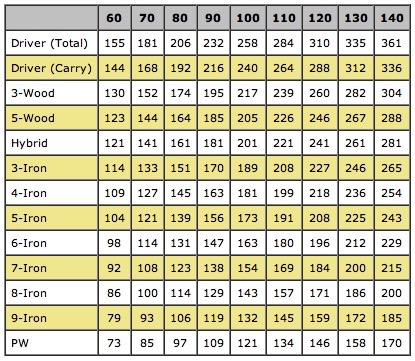One of the most underutilized, yet most profitable membership categories (it seems) few clubs focus on, is National memberships.
For many, it’s the thought of still being connected to their home club despite moving several hundred miles away. For others, a National membership represents a second club that they can call home for a quick weekend trip, an additional member-guest tournament, or if the course is of a certain pedigree (Ross, Raynor, Tillinghast, etc.), a source of great pride for he and his friends to enjoy on occasion.
Three mistakes clubs make in what should be an easy sell are:
1. Pricing the membership too high: When it comes to pricing, most clubs want to protect their current, full members. Doing so usually means pricing the National/out of town membership category at roughly 1/2 of their full membership price per month. At $200 (for example), even with no food minimums or add-ons, many potential members who only see themselves coming a few times per year will balk. On paper, it appears to the local members that the National membership is a giveaway…until they do the math and think through the actual impact these folks will have on the tee sheet.
- National members almost never travel alone, so having one member usually means selling 2-7 guest fees each time they visit.
- In addition to the extra guest fees, most National members and their guests will want a shirt or sweater to take with them. Many also eat at the club, which is another source of income.
- Since many have to drive 2+ hours, they can’t tee off at 8 am, and frankly, few want to feel like they are taking a local members ‘normal’ slot, so they are usually open to teeing off a little later in the morning.
- Clubs never factor in the gas, food, and lodging National members incur on the few times they come to town. While (again) on paper, the membership can look cheap, in reality, a day at the club typically costs upwards of $300-500 for the individual. A $2,400 membership suddenly becomes $5,000 even if they only come a few times per year.
2. Allowing too much access already: No one wants to become a member of a club that they can access with ease. People will pay for exclusivity (or the perception of it).
3. They spend little to no effort marketing the membership: I’ve never seen a single Facebook or Twitter post focused on attaining National members, have you? Does your club keep track of guests that visit from out of town? Wouldn’t they be a logical choice to be your next National member?
The most unique (and genius) National Membership plan I’ve ever seen lives at the Blackthorn Club in Jonesborough, TN. (Currently) For $1,000 per year, the member ‘banks’ his initial fee. Each time he visits and uses the club (food, carts, guest fees), the fee is reduced per incident, until the initial fee is depleted. For an additional $500, the account is ‘re-charged’ until December 31.
The best way to get started is simple – create an almost give-away plan. Market it until you reach your target member number or sales volume. Raise as needed. Supply and demand will tell you everything you need to know.


